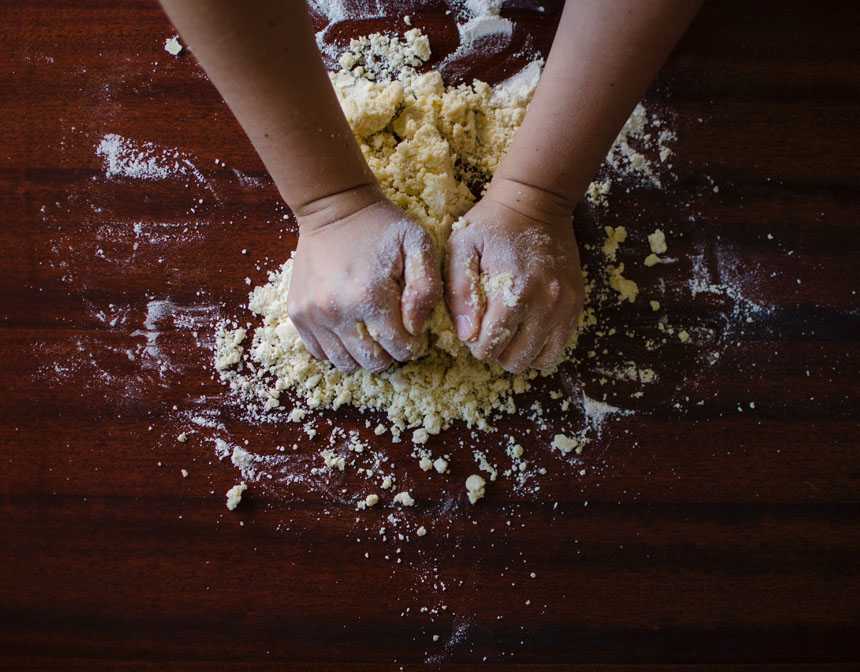Things to Consider While Baking Bread at Home
It is possible to make healthy and delicious breads at home, at least as baked bread. But it can also be challenging, especially if you're a beginner. Here are the things to consider when making bread at home!
In these days when the Coronavirus pandemic effected the whole world, many people started to meet their needs at home as long as the opportunities allowed. Switching to cooking at home has become one of the trends, as social distance rules are not fully followed in many markets or bakeries. Undoubtedly, the most common of these trends in social media is bread making at home. If necessary applications are made, it is possible to make healthy and delicious breads in the house. So, what are the points to be considered when making bread at home?
Make sure you use the right flour
It is very important to know the properties of the flour you use when making bread. Ordinary flour, rye flour or whole grain flour may differ in both volume and amount of water mixture. It would be logical to use regular white flour, which is generally what is used at first. Make sure that the flour you buy is fresh and air-free.
Pay attention to the fermentation temperature
Yeasts are what allows your bread to swell after preparing our dough and allow it to be fluffy. Of course, we should not forget that these yeasts are living organisms. While this living organism causes the dough to swell, it can show different performances at different temperatures. For example, a dough that you leave to ferment at 64 degrees with the same recipe can be swelled sufficiently, and when you leave it to ferment for the same time at 80 degrees the following week, it may swell excessively. Therefore, be sure to leave it in accordance with the recipe and at the ideal temperature.
Do not use too much flour while kneading
In order for the dough to achieve its ideal consistency, it must be in the right water-flour mixture. Remember that every flour we sprinkle on the surface during kneading disrupts the water-flour ratio. If you add flour many times to get it into the shape you want, your bread may be harder than you expect.
Make sure it mixes well
You need to make sure that it blends well in order to make beautiful looking and delicious breads. If the dough, water, or yeast do not mix homogeneously, some of your bread may become puffy or harder. Therefore, make sure that it blends well by putting in a little more effort.
For thin crust breads
If you want thin crust and crispy breads, we have a tip for you. If you throw a small bowl of water with bread in the oven, the steam will make your bread softer. In addition, if you squeeze a small amount of water on your dough before you put it in the oven, you can get thinner crust bread.
Do not cut immediately after cooking
If you do not want doughy and moist bread, do not cut it immediately after cooking. It will be enough to wait 30 minutes at room temperature. If you wish, you can wrap it in a towel or cloth during the wait.
Here are some bread recipes you can make at home
Dr. Oetker Homemade Sourdough Bread
Making bread at home has never been easier and more enjoyable. You can consume your breads at home with peace of mind. In this recipe we used the Dr. Oetker...
Corn Bread
Cornbread is a sweet-salty bread recipe that consists of basic ingredients such as cornmeal, flour, and butter. With different variations, this easy cornbread...
Leek Corn Bread
Leek cornbread is a delicious version of the classic Southern cornbread recipe. Thinly chopped fresh leeks give this bread a slightly sweet, onion-like...
French Baguette
This classic French bread recipe takes time to make, but as most of that is inactive prep time, you shouldn't let it intimidate you. The process itself...
Homemade Rye Bread
You don't need a stand mixer to make this classic Rye Bread recipe. You can easily make this bread by kneading it by hand. Great for making sandwiches...
Also check out our article about Bread Types.































